

Artificial Intelligence (AI) is a science that studies and develops theories, methods, technologies and application systems for simulating, extending and expanding human intelligence. The core goal of AI is to enable machines to think like humans and thus have intelligence. In 1956, John McCarthy first proposed the concept of AI, which was defined as "the science and engineering of making intelligent machines". Since then, AI has gone through several stages of development, from initial theoretical research to today's widespread application, and has become a mature interdisciplinary subject.
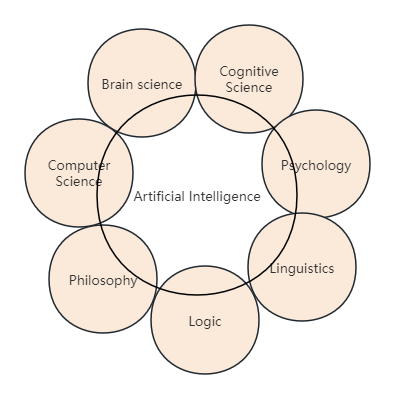
Disciplines related to artificial intelligence
Artificial intelligence not only covers the fields of machine learning and deep learning, but also involves multiple application scenarios such as computer vision, speech processing, and natural language processing. With the advancement of technology and the improvement of computing power, the application scope of artificial intelligence continues to expand, covering many fields such as medicine, finance, security, and transportation. This article will introduce the hierarchical structure of artificial intelligence and its application scenarios in detail, and explore its role in modern society and its future development prospects.
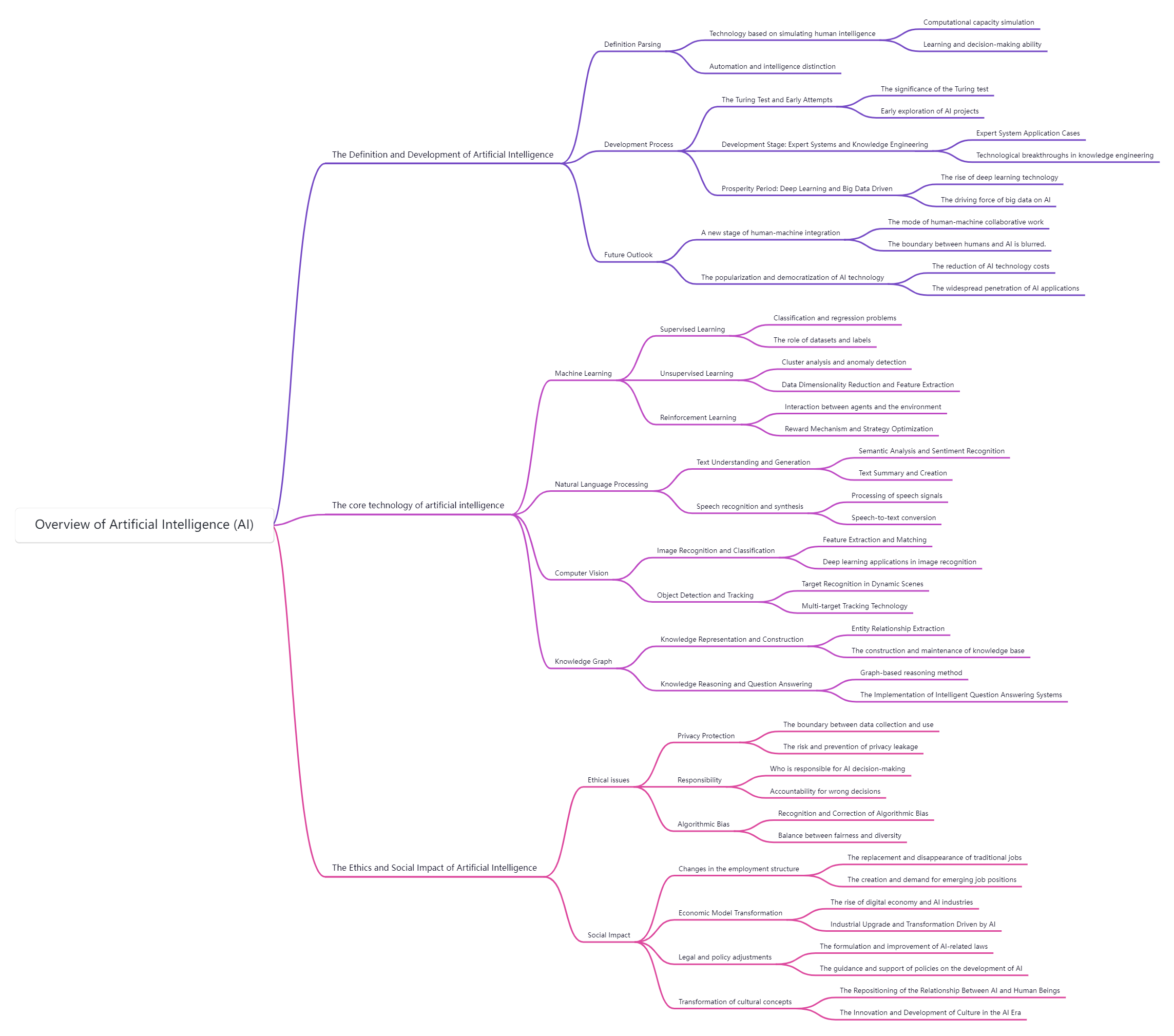
Overview of Artificial Intelligence (AI)
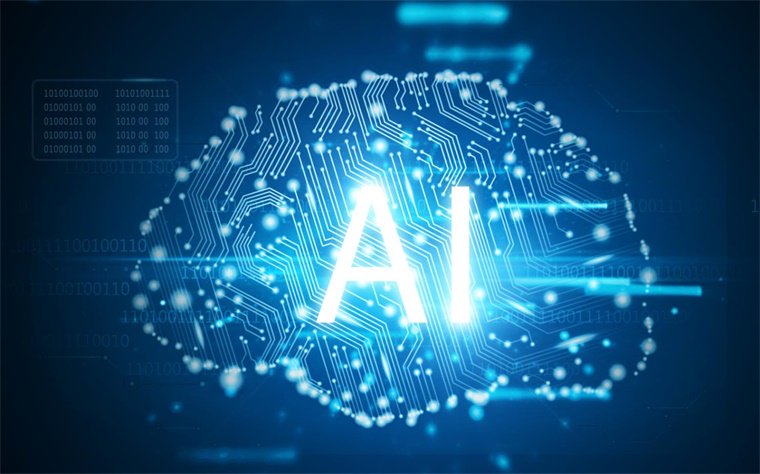
The development of artificial intelligence cannot be separated from the support of infrastructure. From the rise of computers in the 1970s, to the popularization of computers in the 1980s, to the significant improvements in computer computing speed and storage capabilities in the 1990s, every technological advancement has provided important support for the advancement of artificial intelligence. Entering the 21st century, the emergence of large-scale clusters, the accumulation of big data, and the rise of GPUs and heterogeneous/low-power chips have injected new impetus into the development of artificial intelligence.
Big data is an important fuel for the development of artificial intelligence. With the popularization of the Internet and the advancement of information technology, we are able to collect massive amounts of training data, which is crucial for training and optimizing artificial intelligence algorithms. The continuous upgrading of infrastructure has greatly improved computing capabilities, providing strong support for the implementation of complex algorithms such as deep learning.
The core of artificial intelligence lies in algorithms. Machine learning is an important branch of artificial intelligence, which aims to enable computers to mine information from data through algorithms. Deep learning, as a subset of machine learning, uses more parameters and more complex models to make machines understand data more deeply and intelligently. The core of deep learning is neural networks, which learn and predict by simulating the mechanism of the human brain.
The continuous development of machine learning and deep learning algorithms has enabled artificial intelligence to perform well in handling complex tasks. For example, in the fields of image recognition and speech processing, deep learning algorithms have been able to achieve recognition levels close to those of humans.
Computer vision is an important field of artificial intelligence, which involves the ability of computers to recognize objects, scenes, and activities from images. The history of computer vision can be traced back to 1966, when artificial intelligence scientist Minsky proposed an early task description for computer vision. Computer vision has been applied not only in the security field, but also widely used in medical imaging diagnosis, e-commerce product search, autonomous driving and other scenarios.
Computer vision technologies include image processing, image recognition, and image understanding. Image processing involves technologies such as denoising, deblurring, and super-resolution processing; image recognition includes steps such as image preprocessing, image segmentation, and feature extraction; and image understanding involves interacting image information with text to perform tasks such as text-based image search and image description generation.
Speech processing technology aims to enable machines to "listen" and "speak" to achieve barrier-free communication with humans. The speech processing system includes front-end signal processing, intermediate speech recognition and semantic understanding, and later speech synthesis. Front-end processing includes speaker voice detection, echo cancellation, microphone array processing, etc.; speech recognition involves feature extraction, acoustic models and language models, etc.; semantic recognition and dialogue management belong to the category of natural language processing; speech synthesis includes text analysis, sound length estimation, pronunciation parameter estimation, etc.
Modern speech processing technology has been widely used in medical dictation, voice control, telephone customer service and other fields. However, achieving natural communication with humans is still challenging, and the accuracy of speech recognition and the naturalness of speech synthesis need to be further improved.
Natural Language Processing (NLP) is an important field in artificial intelligence, aiming to allow machines to understand and generate natural language. The core links of NLP include knowledge acquisition and expression, natural language understanding and natural language generation. Knowledge graph, dialogue management and machine translation are the main research directions of NLP.
Knowledge graphs provide the basis for machine understanding and reasoning by organizing and structuring knowledge. Conversation management involves small talk, Q&A, and task-driven conversations. Machine translation technology has developed from the traditional statistical translation method (PBMT) to the neural network-based translation method (GNMT), which has significantly improved the fluency and accuracy of translation.
NLP technology is widely used in search engines, conversational robots, machine translation and other fields, greatly improving the intelligent level of human-computer interaction.
The planning and decision-making system of artificial intelligence was initially developed based on chess games, such as AlphaGo's victory over Lee Sedol and Master's 60 consecutive wins against top players. These technologies have been expanded from the game field to practical application scenarios such as robots and unmanned vehicles. The planning and decision-making system can effectively plan and make decisions in complex environments by simulating and optimizing the decision-making process.
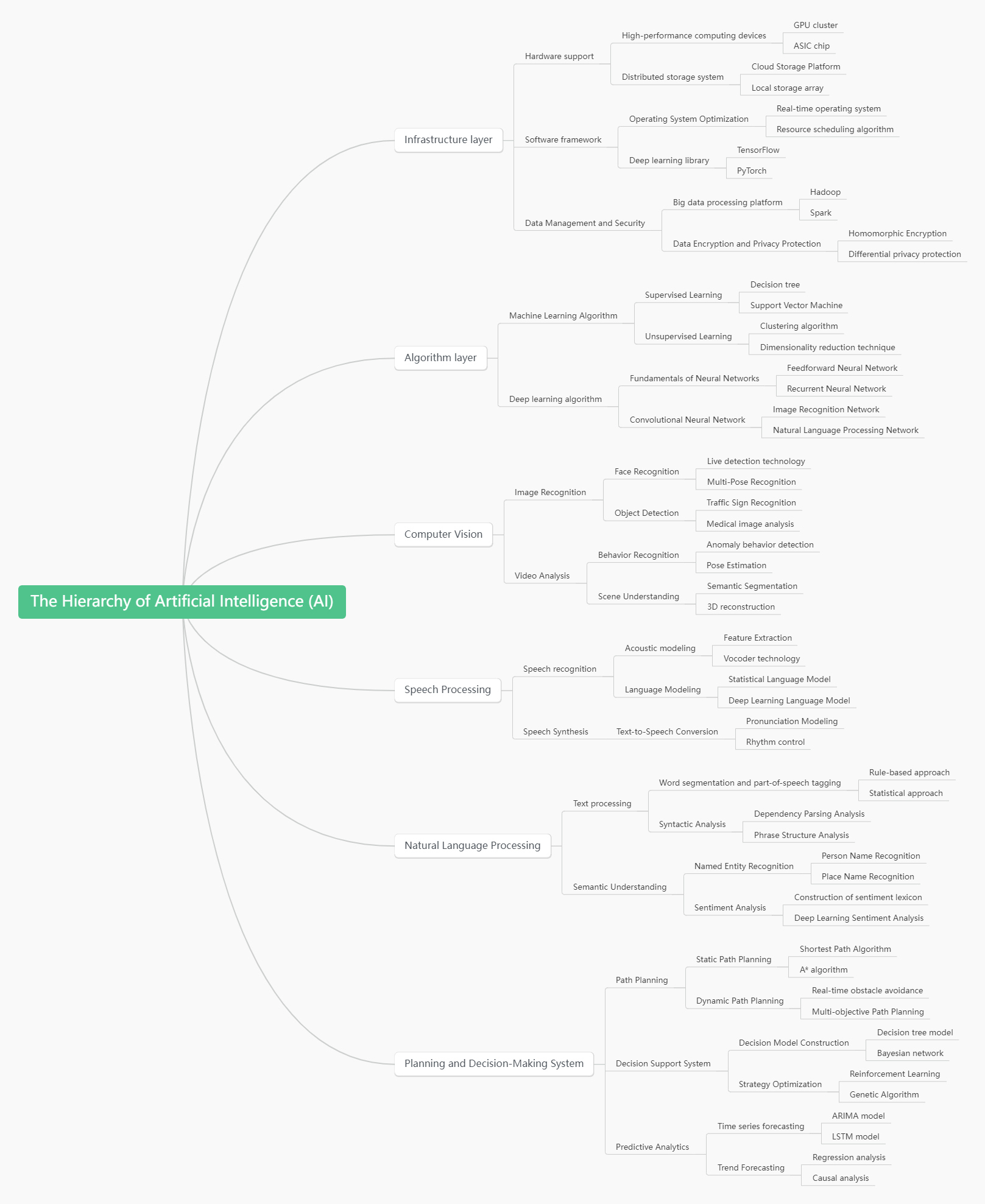
The Hierarchy of Artificial Intelligence (AI)
Data : The advent of the big data era provides abundant data resources for the development of artificial intelligence. The diversity and scale of data are crucial for training and optimizing artificial intelligence algorithms. Data processing and preprocessing are the basis for ensuring the effectiveness of algorithms.
Algorithm : The core of artificial intelligence lies in the algorithm. Traditional machine learning algorithms and neural network algorithms are the main research directions at present. The rapid development of deep learning algorithms has enabled artificial intelligence to demonstrate powerful capabilities in handling complex tasks.
Computing power : The development of artificial intelligence has put forward higher requirements for computing power. GPU has become the main computing chip in the field of artificial intelligence due to its powerful parallel computing capabilities. The deep learning acceleration framework further improves the computing efficiency of neural networks by optimizing GPU performance.
Scenarios : AI has a wide range of application scenarios, including user profile analysis, credit scoring, fraud detection, smart investment advisors, smart customer service, machine translation, and face recognition. These scenarios demonstrate the huge potential of AI in practical applications.
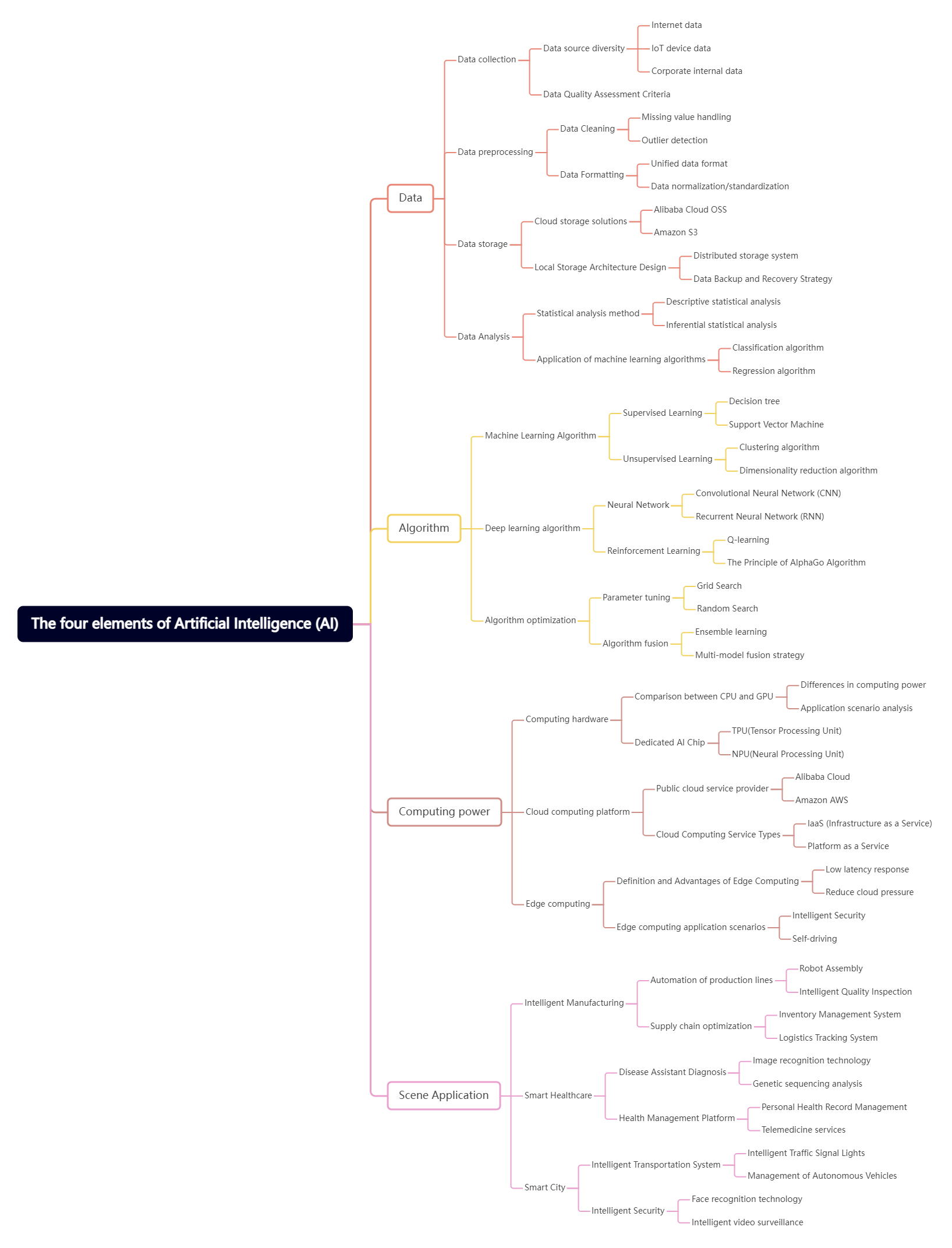
The four elements of Artificial Intelligence (AI)
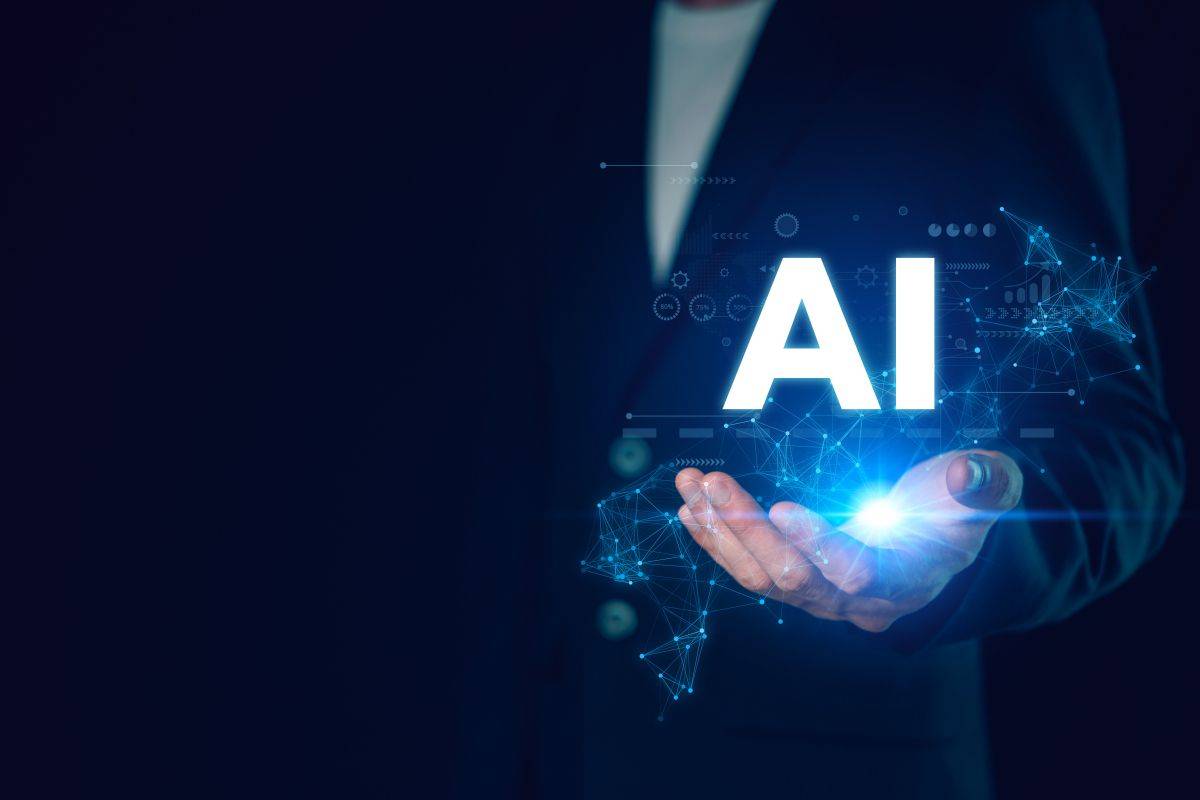
1. Smart furniture
Smart home control: AI technology can be used to realize intelligent control of smart home devices, such as smart lights, smart curtains, smart speakers, smart door locks, etc. Users can control these devices through voice control, gesture control or mobile APP.
Smart home scenarios: AI technology can also realize the automation of smart home scenarios, such as smart home theater scenarios, smart waking up scenarios, smart sleeping scenarios, etc. The settings and switching of these scenarios can be customized according to the user's preferences and needs, thus facilitating the user's life and entertainment.
Smart home security: AI technology also plays an important role in smart home security, such as smart monitoring, smart alarm, smart door locks and smart smoke alarms. These devices can improve home security and protect the lives and property of users.
Smart home health: AI technology can also be used for monitoring and management of smart home health, such as smart weight scales, smart blood pressure monitors, smart sleep monitors, etc. These devices can monitor the user's health status in real time and provide users with health management and disease prevention advice.
2. Autonomous driving
Path planning and decision-making: Based on the perceived environmental information, combined with high-precision maps and real-time traffic data, AI technology can plan the optimal driving path for the vehicle and make decisions such as overtaking, changing lanes, and slowing down.
Vehicle control: Through control algorithms, AI technology can accurately control the vehicle's acceleration, braking, steering and other behaviors to ensure that the vehicle travels safely along the planned path.
Prediction and obstacle avoidance: Using machine learning and prediction algorithms, AI technology can predict the behavior of other traffic participants, make obstacle avoidance decisions in advance, and avoid collision accidents.
Human-computer interaction: Through speech recognition and natural language processing technologies, AI technology can realize voice interaction between drivers and vehicle systems, such as querying navigation, controlling in-car entertainment systems, etc.
Vehicle group learning and collaboration: Through communication and collaborative control, vehicles can achieve information sharing and collaborative decision-making, thereby improving overall traffic efficiency.
3. Healthcare
Intelligent diagnosis and treatment: Based on massive medical data, AI technology can assist clinical diagnosis and decision-making, improve the accuracy and efficiency of diagnosis. At the same time, AI technology can also provide patients with personalized treatment plans and help implement patient management strategies that are tailored to each individual.
Medical image analysis: AI technology can automatically identify diseased areas in medical images and provide doctors with auxiliary diagnosis opinions. For example, by analyzing MRI images, AI technology can quickly generate diagnosis opinions for more than 100 diseases.
Medical document generation: AI technology can generate standardized medical document templates, quickly detect defects in documents and images, and improve medical quality and efficiency.
Patient services: AI technology can provide patients with intelligent diagnosis, symptom self-checking, medical guidance and other services to improve patient experience. For example, AI drug instructions can automatically generate results based on the patient's input, and assist in answering with the help of the virtual image of the pharmacist/doctor.
4. Smart Manufacturing
Intelligent sorting: Using machine learning technology, industrial robots can perform intelligent sorting operations, greatly improving sorting speed and accuracy.
Fault prediction and diagnosis: Based on real-time monitoring and analysis of equipment operation data, AI technology can predict equipment failures before an accident occurs, reducing unplanned downtime. At the same time, in the face of sudden equipment failures, AI technology can also quickly diagnose the fault, locate the cause of the fault and provide corresponding solutions.
Product quality inspection: Using machine vision technology, AI technology can quickly identify smaller and more complex product defects on the product surface, and classify and repair them. For example, in the production and packaging process of PVC pipes, AI technology can automatically detect surface scratches, pits and other defects, and plan repair paths and methods.
Production scheduling optimization: Manufacturing companies can apply artificial intelligence technologies such as machine learning, combined with big data analysis, to optimize scheduling methods and improve corporate decision-making capabilities. For example, through intelligent production management systems, manufacturing companies can achieve real-time monitoring and scheduling optimization of the production process, improve production efficiency and product quality.
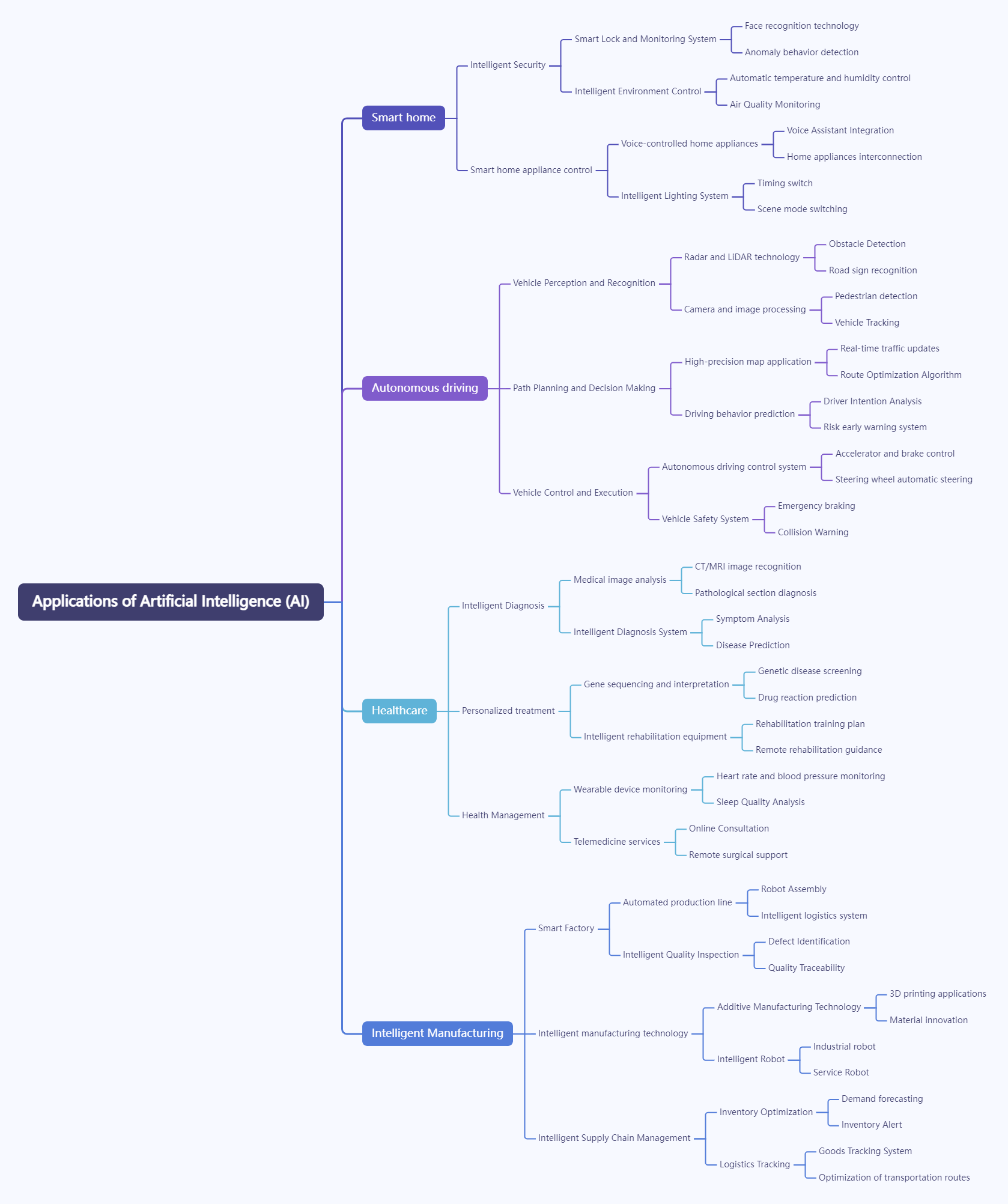
Applications of Artificial Intelligence (AI)
Although artificial intelligence technology has made significant progress, it still faces many challenges. First, data privacy and security issues are an important challenge in artificial intelligence applications. How to use data for effective analysis and prediction while ensuring user privacy is a current problem that needs to be solved. Secondly, the fairness and transparency of the algorithm also need attention. The decision-making process of artificial intelligence algorithms is often black box. How to ensure the fairness and interpretability of the algorithm is an important research direction.
In the future, artificial intelligence is expected to achieve breakthroughs in more fields. With the advancement of technology and the expansion of application scenarios, artificial intelligence will continue to improve the level of intelligence and achieve more natural human-computer interaction. Smart homes, autonomous driving, medical health and other fields will become key directions for the development of artificial intelligence. Through continuous technological innovation and application exploration, artificial intelligence will bring more opportunities and challenges to social development.

The Challenges and Future of Artificial Intelligence (AI)
The above is the relevant content of artificial intelligence . All the above mind map contents are drawn using ProcessOn.